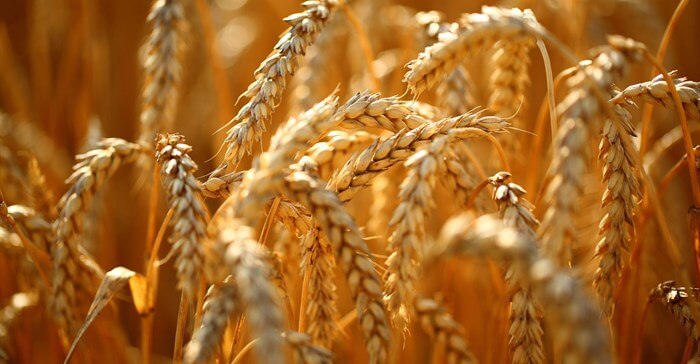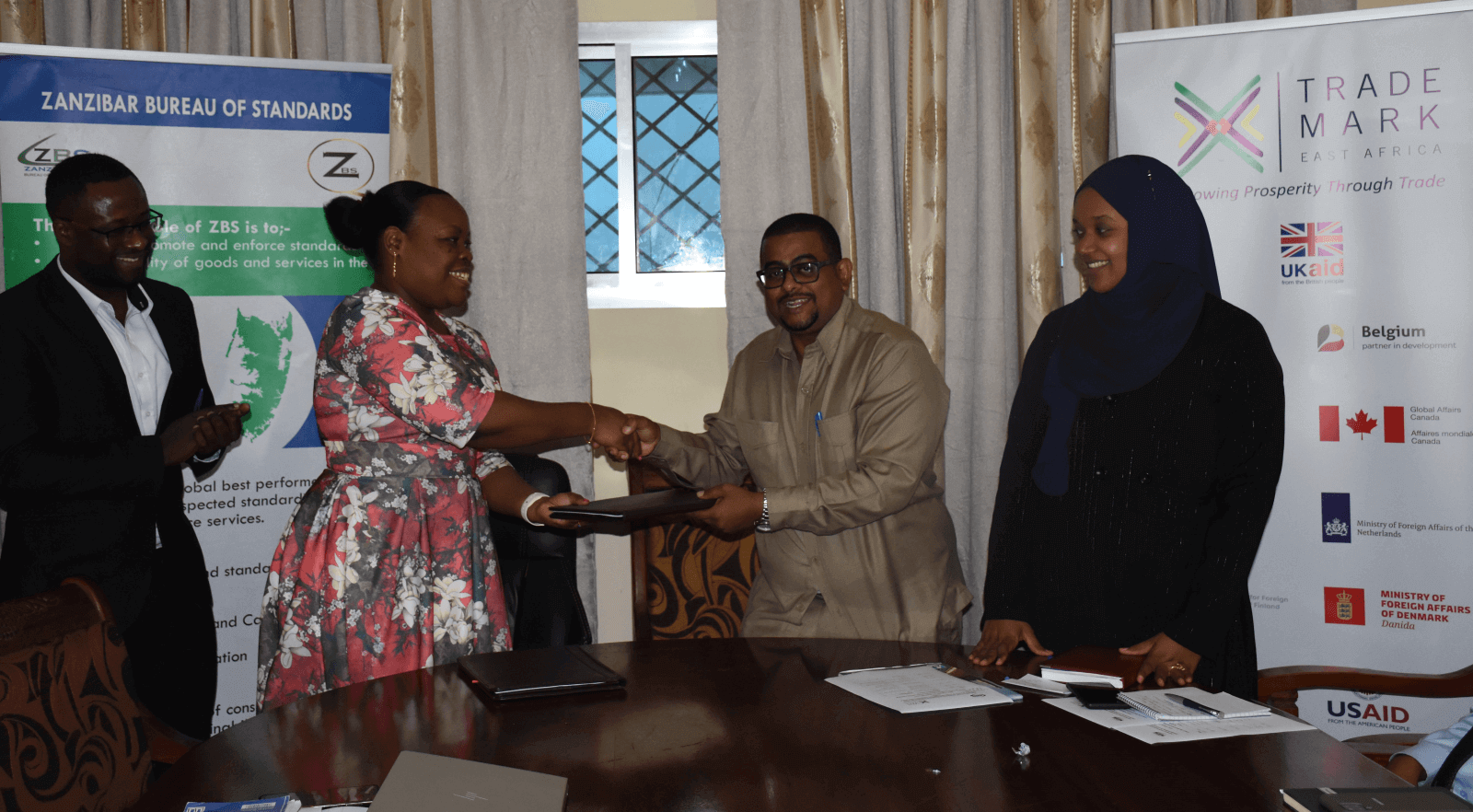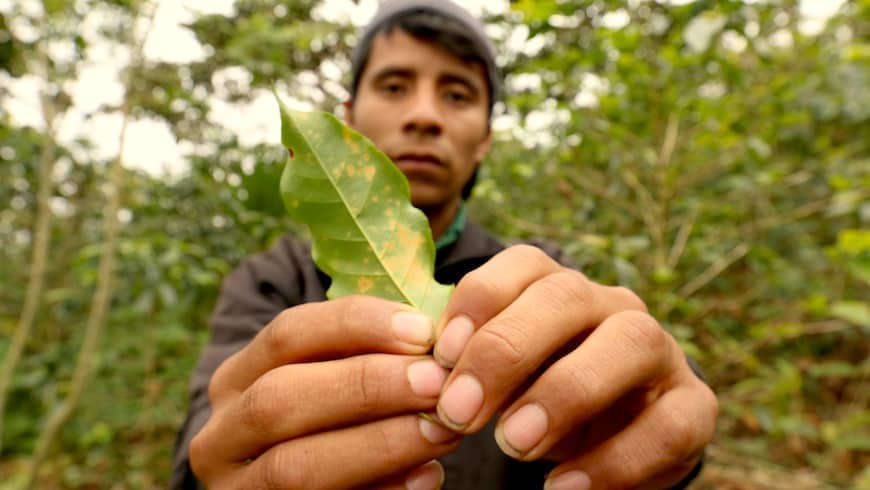With the Covid-induced recession subsiding as vaccination rates increase, there was great hope for the AfCFTA to show that it could live up to its hype. So, what has worked? Since trading began on 1 January, some intra-African trade under AfCFTA arrangements based on anecdotal evidence has taken place, including alcoholic beverages and cosmetic products (recent data on trade flows are not yet fully available). Although intra-African agricultural trade remains below 20% compared to more than 60% for Europe and Asia, trade is projected to grow once negotiations have come to an end and trade barriers are progressively rolled back. To date, 42 out of 55 African countries have ratified the agreement, and 88% of the negotiations on product-specific rules of origin have been concluded, covering more than 70% of intra-African trade according to the AfCFTA Secretariat in 2021. However, a significant shortcoming of the agreement is that many nutrition-sensitive goods may not be fully liberalised or progressively liberalised over longer periods, as indicated by ongoing negotiations on tariff offers. Examples of protected goods include live animals, meat, fish, milk and dairy products, fruit and vegetables, coffee, tea, spices, oilseeds and sugars. Africa’s agricultural commodities and raw materials have traditionally dominated trade with the rest of the world (cocoa, coffee, cotton, tobacco and spices) with a mix of processed goods (cane and beet sugar, prepared or preserved tunas, wine and other food preparations). For the AfCFTA to reach its full potential by exploiting the full range of the agri-food value...
AfCFTA: What has worked and the way forward on agricultural trade
Posted on: February 21, 2022
Posted on: February 21, 2022
























